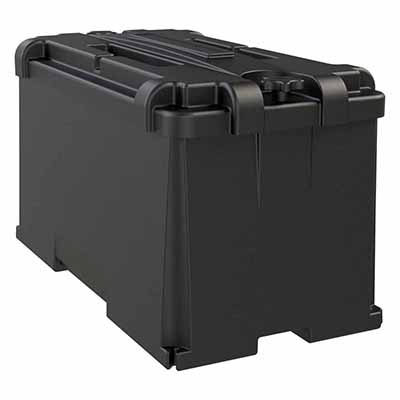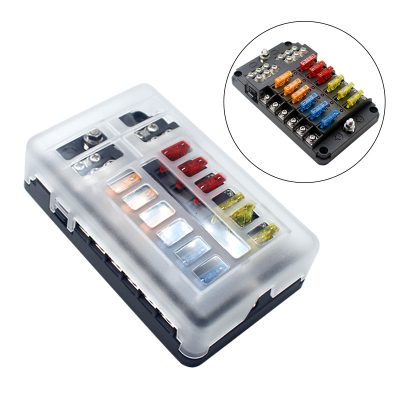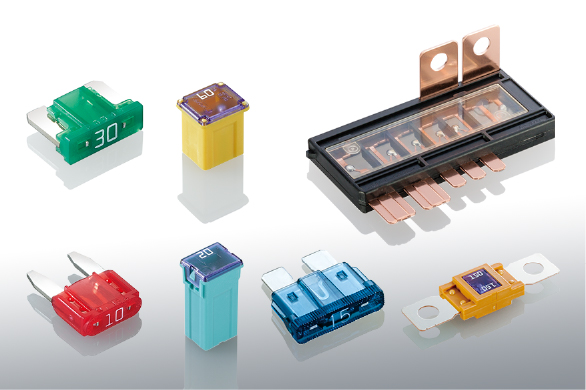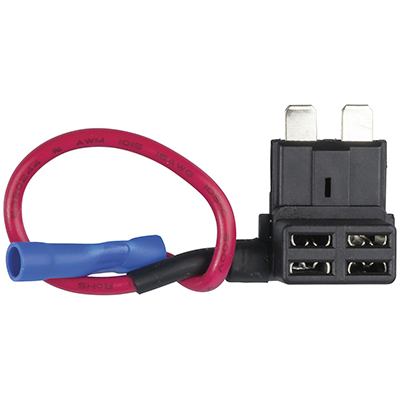Vehicle Battery Boxes Engineered with Drainage Holes to Mitigate Water Accumulation Risks
News 2025-10-27
Vehicle battery boxes are critical components in modern vehicles, ensuring the safe housing of batteries that power everything from electric cars to industrial machinery. Water accumulation inside these boxes can lead to corrosion, short circuits, and reduced battery life, posing significant safety hazards. By incorporating drainage holes, manufacturers address these issues effectively, allowing water to escape and maintaining a dry environment. This design not only enhances longevity but also complies with stringent industry standards for reliability and performance in various conditions.

Design and Functionality
The design of vehicle battery boxes with drainage holes focuses on precision engineering to prevent water ingress while facilitating easy drainage. Typically made from durable materials like reinforced plastics or metals, these boxes feature strategically placed holes that allow water to flow out without compromising the seal against dust and debris. The holes are often slanted or positioned at the lowest points to ensure gravity assists in water expulsion. This functionality is crucial in environments where vehicles are exposed to rain, flooding, or high-humidity conditions, reducing the risk of electrochemical reactions that could damage the battery.
Key Application Scenarios
In practical applications, these battery boxes are essential in electric and hybrid vehicles, where they protect batteries during daily commutes or off-road adventures. They are also vital in commercial fleets, such as delivery trucks and construction equipment, which operate in diverse weather conditions. Additionally, in marine or agricultural settings, where moisture is prevalent, the drainage features prevent water buildup that could lead to system failures. This adaptability makes the design ideal for enhancing vehicle reliability in challenging environments, ensuring uninterrupted performance and safety.
FAQs
1. Why are drainage holes necessary in battery boxes?
They prevent water accumulation that can cause corrosion and electrical shorts, extending the battery’s lifespan and improving safety.
2. How do these drainage holes affect battery performance?
By keeping the interior dry, they maintain optimal operating conditions, reducing degradation and enhancing overall efficiency.
3. What materials are commonly used for these battery boxes?
Durable, corrosion-resistant materials like polypropylene or aluminum are used to ensure longevity and effective water management.


